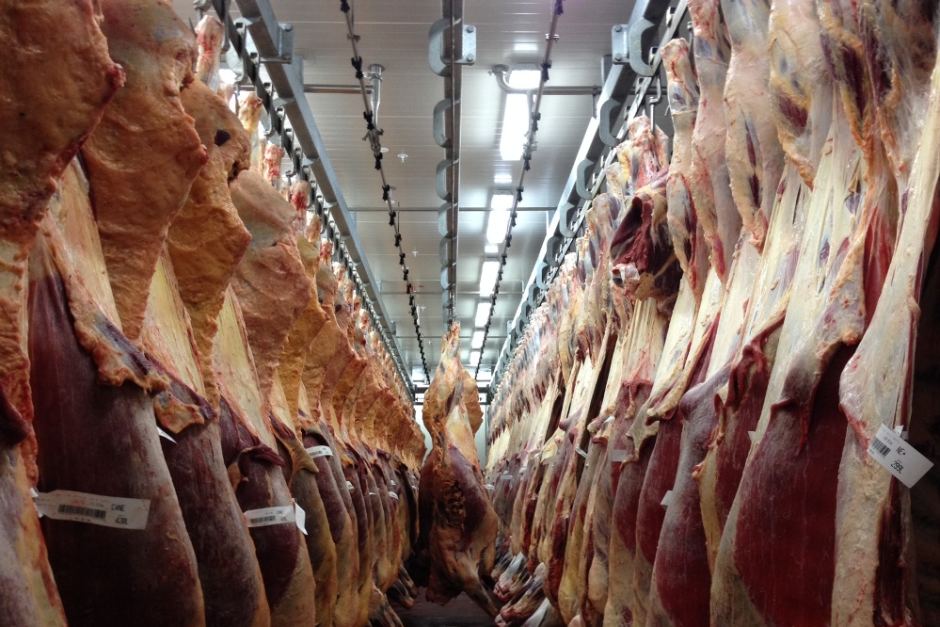
Scottish prime cattle prices have been showing some seasonal strength and rising steadily over the past six weeks, according to the latest analysis by Quality Meat Scotland (QMS).
Current prices are around 10p/kg deadweight higher than they were in late April but producers are still, on average, receiving around 6p/kg deadweight less than they were 12 months ago.
"Prices have shown some strength, despite abattoirs being reasonably well supplied with cattle," said Stuart Ashworth, QMS Head of Economics Services.
"April slaughter statistics show the Scottish prime cattle kill was 1.6% higher than in 2015.
"Since then, price-reporting abattoirs have continued to report higher throughputs than last year.
"Some of the price increase may be due to more consumer interest in selected beef cuts as the weather improves and some due to fewer cattle falling outside the premium pricing specifications, lifting the average price but not the premium product price," Mr Ashworth added.
Meanwhile the number of cull cows reaching abattoirs is running significantly higher than last year, particularly in England and Wales, he said.
However, the carcase weights of these cattle have been lower, perhaps reflecting the continuing challenges in the dairy sector.
"Although this adds volume to the total domestic beef supply, cull cow prices have also shown some strength over the past month.
"They have risen around 7p/kg dwt, suggesting an underlying demand pull for beef in recent weeks," he said.
Changes in the balance of trade for beef may, he observed, also have offered some market support.
"Although suffering a time lag, UK customs data shows an 18% increase in exports between January and the end of April, while imports fell 3%.
"The net trade effect was therefore a reduction in domestic beef supplies of almost 3% from last year over the first four months of 2016," said Mr Ashworth.
Scotland responding more slowly
Scotland appears to be responding more slowly than the wider UK to the market signals on carcase weight as Scottish abattoir production of prime beef in April increased by a larger percentage than the cattle throughput.
"In contrast beef production from prime stock across the UK as a whole fell in April despite an increase in the kill numbers, reflecting a decline in carcase weights in England and Wales.
"Typically slaughter weights in Scotland are at their highest in late spring and lowest in the autumn.
"In the coming months we will see the proportion of 2014 born cattle in the Scottish kill decline and the spring 2015 born calves increase in volume as the autumn progresses.
"It remains to be seen whether changes to finishing objectives will result in Scottish carcase weights from these 2015-born cattle beginning to fall below year-earlier levels," said Mr Ashworth.
Comparing slaughter volumes with cattle populations suggests a switch to slaughter at a slightly younger age.
The pool of cattle between 24 and 30 months of age on farms in April 2016 was lower than in 2015 while the number of 18 to 24 month old cattle was little changed.
Meanwhile the number of 12 to 18 month old cattle increased markedly. With prime stock slaughter numbers in price-reporting abattoirs holding up, he said, this suggests an earlier draw from the 18 to 24 month pool which will flatten the supply curve going forward.
It looks almost inevitable that there will be increased cattle numbers this autumn.
However, by adjusting age at sale and carcases weights, the growth in prime beef production may be constrained.
